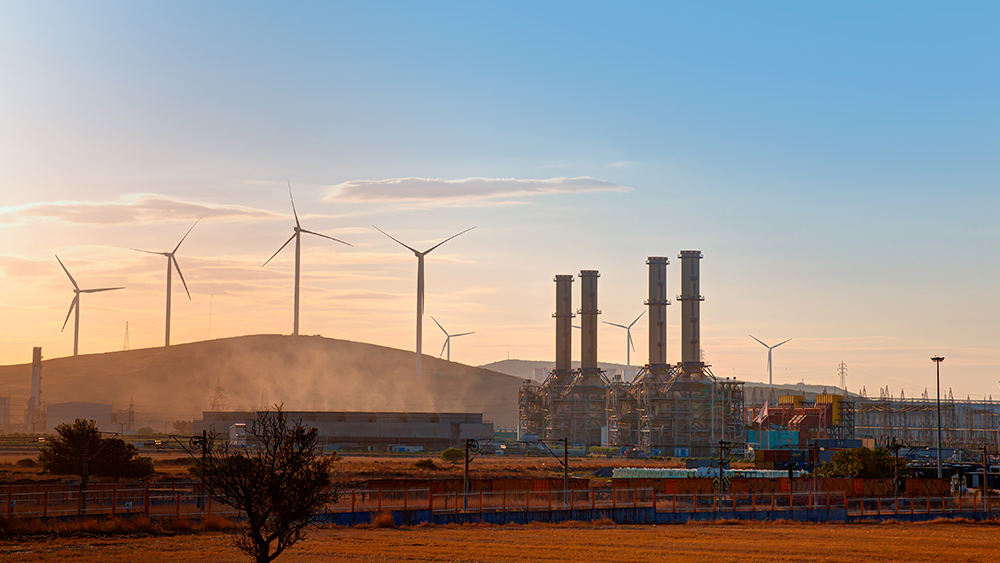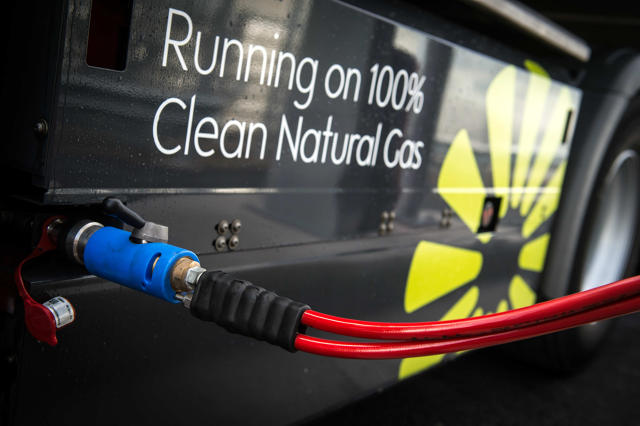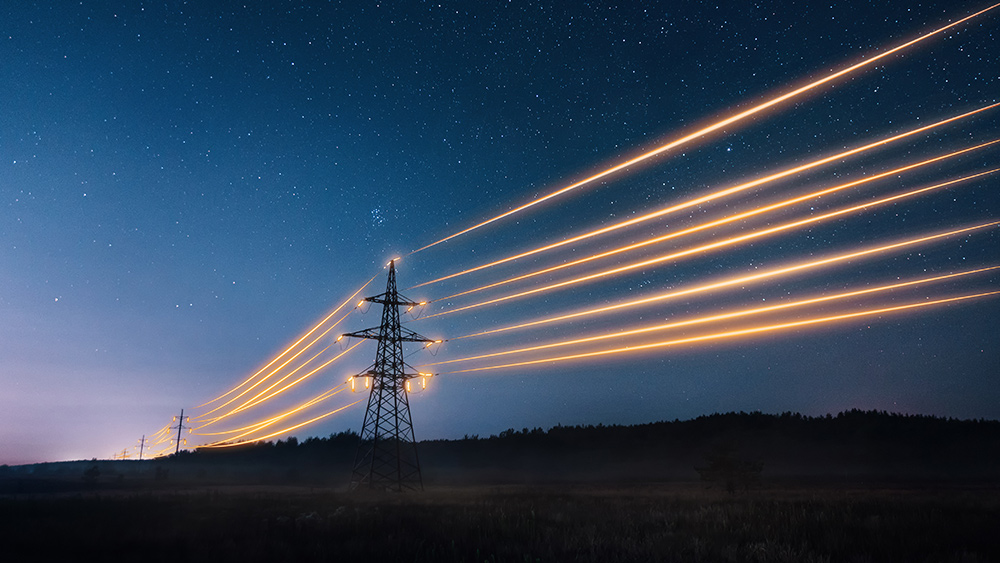Fascinating interview with Doug Casey on the collapse of the $5 Trillion Green Energy SCAM
12/13/2024 / By Lance D Johnson

The green energy sector has become a monumental example of wasted resources and misguided policies, driven by pseudoscience and an anti-human agenda pushed forth by an elite group of people who believe in population reduction.
According to a recent interview with renowned economist and author Doug Casey, over $5 trillion in subsidies and government spending over the past two decades has yielded little more than a 2% reduction in the world’s dependence on hydrocarbons. Despite all the investments in green energy, hydrocarbons remain the backbone of global energy production at 84%.
Misguided $5 Trillion investment in green energy has not reduced the world’s dependence on hydrocarbons
Casey, a staunch critic of the green energy movement, argues that this massive investment is “essentially the triumph of pseudoscience and aberrant psychology over physics and critical thinking.” The true motivation behind these efforts, he contends, is not the salvation of the Earth, but rather a desire to control the human population and reduce consumption.
“Many of the same people who push for renewable energy also advocate for reducing the Earth’s population by 50 to 90%,” Casey explains. “Their goal is not to improve our standard of living, but to reduce it.”
This anti-human sentiment has been perpetuated through the education system, where Leftist ideologies have entrenched themselves, indoctrinating generations of students with a distorted view of reality. As a result, these students have grown to believe that humans are a planetary threat and that reducing their population is a necessary step for the planet’s survival.
Casey also highlights the inherent flaws in the green energy model. Solar and wind power, while useful for specific applications, are not viable as a primary energy source for an industrial society. The intermittency and unreliability of these power sources require a massive investment in battery technology and the maintenance of conventional power plants, which defeats the purpose of moving away from hydrocarbons.
Furthermore, the push for electric vehicles (EVs), despite their potential benefits, is another example of government interference in the market. Subsidies for EVs have not only distorted the market but also led to a less efficient allocation of capital. As Casey points out, “The government shouldn’t subsidize anything. They create distortions in the market, resulting in misallocations of capital.”
One of the primary issues is the substantial increase in electrical power needed to operate EVs. This surge in demand suggests the need for more power plants, many of which might rely on non-renewable sources such as coal or gas. Additionally, the existing power grid would need significant upgrades to manage this new demand, prompting a more robust and efficient grid infrastructure.
A further concern is the potential for widespread economic disruption within the automotive industry. Critics argue that the premature adoption of EVs could lead to a wave of bankruptcies among companies not yet equipped to shift their focus to electric vehicle production. This could result in job losses for thousands of workers and affect investors, ultimately slowing technological progress and innovation.
Will the green energy scam unravel?
With the return of Donald Trump to the presidency, there is hope that the green agenda may be de-emphasized and dismantled. However, Trump’s lack of understanding of both economics and science makes it difficult to predict his specific actions. Regardless, the tide seems to be turning against the green energy movement and the waste, fraud, and abuse that has run rampant for decades.
“Carbon, the basis of all life on the planet, is being treated like the deadliest element in the periodic table,” Casey laments. “CO? is plant food. Plants breathe it and can’t live without it.”
As reality catches up with the pseudoscientific agenda, the investment community is beginning to take notice. Hydrocarbons and nuclear energy are poised to become increasingly attractive investment opportunities as the green energy scam begins to unravel. Reality always wins out in the end, and investors who stay long on these sectors may find themselves in a lucrative position.
Sources include:
Submit a correction >>
Tagged Under:
climate change, climate hoax, Doug Casey, energy supply, environmental hysteria, fossil fuels, fraud, fuel supply, government subsidies, green energy scam, green living, Green New Deal, green tyranny, nuclear energy, power, power grid, pseudoscience, waste, wind energy
This article may contain statements that reflect the opinion of the author
RECENT NEWS & ARTICLES
COPYRIGHT © 2022 FuelSupply.news
All content posted on this site is protected under Free Speech. FuelSupply.news is not responsible for content written by contributing authors. The information on this site is provided for educational and entertainment purposes only. It is not intended as a substitute for professional advice of any kind. FuelSupply.news assumes no responsibility for the use or misuse of this material. All trademarks, registered trademarks and service marks mentioned on this site are the property of their respective owners.



















